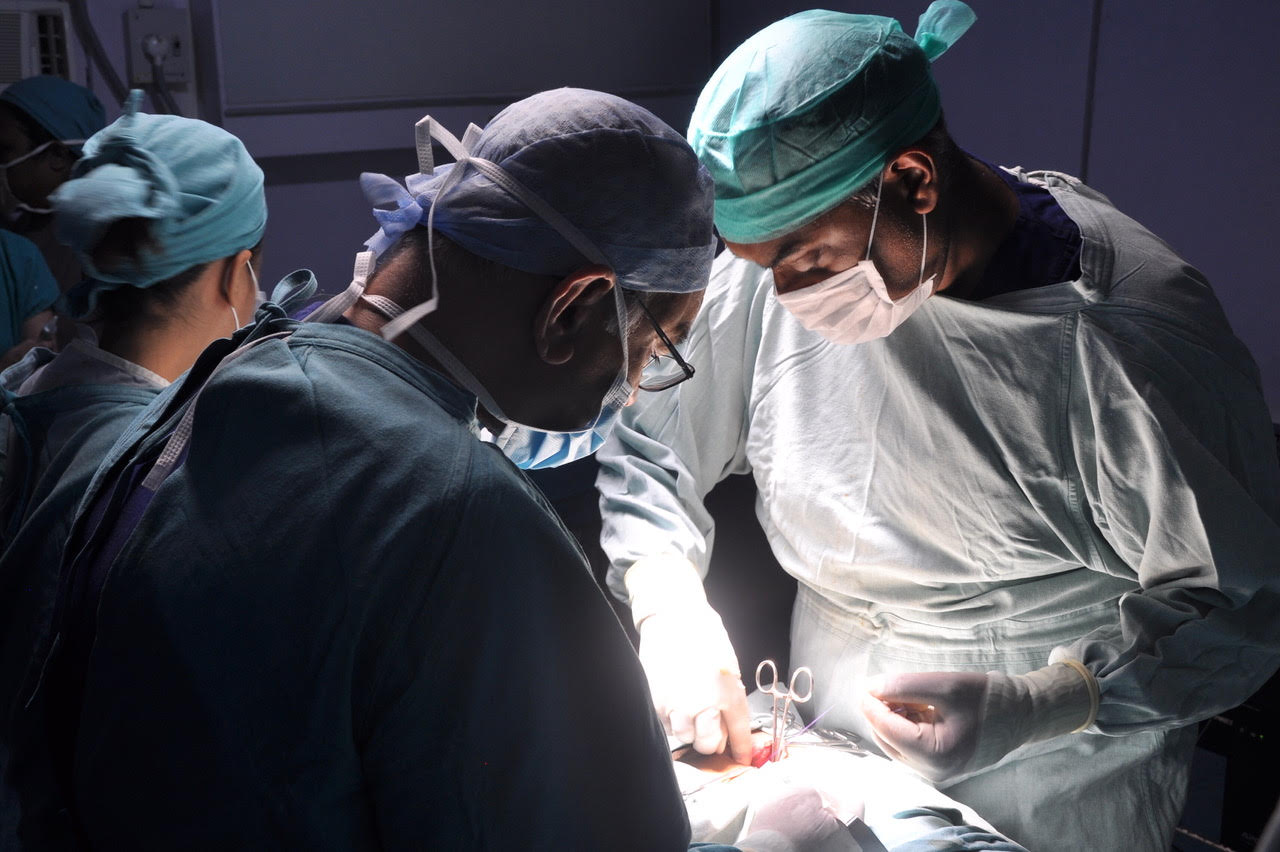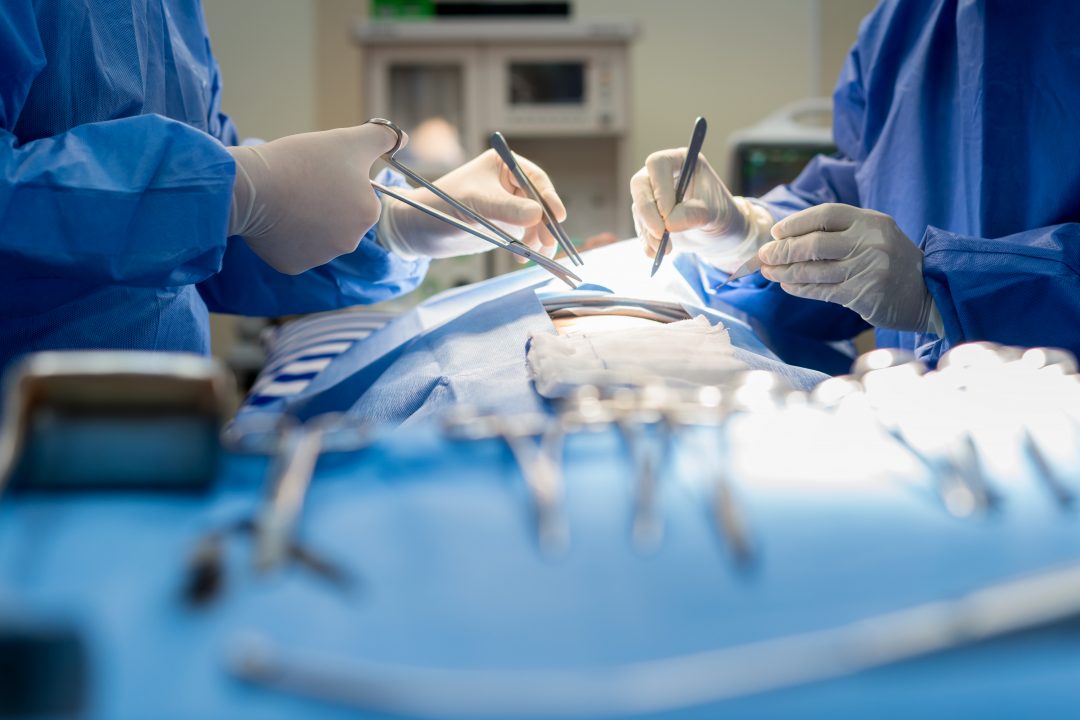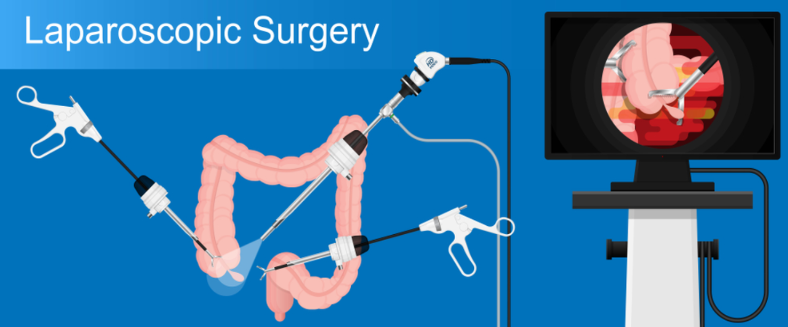



Gallstones
Gallstones are one of the commonest problems of the digestive system. About 1 in 10 adults in Australia will develop gallstones.
Gallstones can cause discomfort and pain, they may cause gallbladder infection, and can cause polyps or rarely even gallbladder cancer.
If gallstones move into the main bile duct, they can cause jaundice (skin and eyes turning yellow), and potentially life threatening emergency conditions such as pancreatitis (inflammation of the pancreas) or cholangitis (infection in the bile ducts).
Gallbladder Surgery
The most common way to treat gallstone disease is to remove the gallbladder (cholecystectomy).
Other methods are not effective or not as safe. The surgery is usually performed using a technique called laparoscopic or “key-hole” surgery. The surgeon makes several small (5-10mm) incisions in the abdomen and inserts a miniature video camera and specialised surgical instruments. A magnified image from inside the body is sent to a video monitor. While watching the monitor, the surgeon uses the instruments to carefully remove the gallbladder.
During the operation the surgeon will often perform a special Xray (cholangiogram) to ensure the bile duct is clear of any gallstones that may have already left the gallbladder and migrated into the liver ducts.

Usually gallbladder surgery involves staying in Hospital overnight, and you will be able to go home the following day. Generally people would take 1-2 weeks off work following surgery.
Dr Jayasundera is extremely experienced in laparoscopic gallbladder surgery, having performed over 2000 of these procedures over the last 15 years.